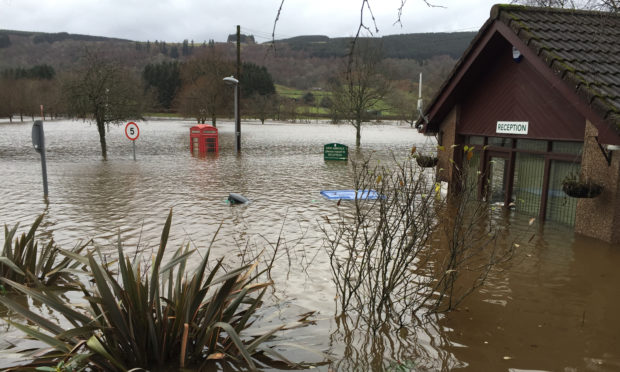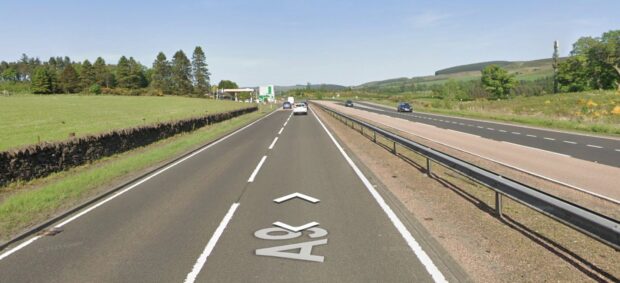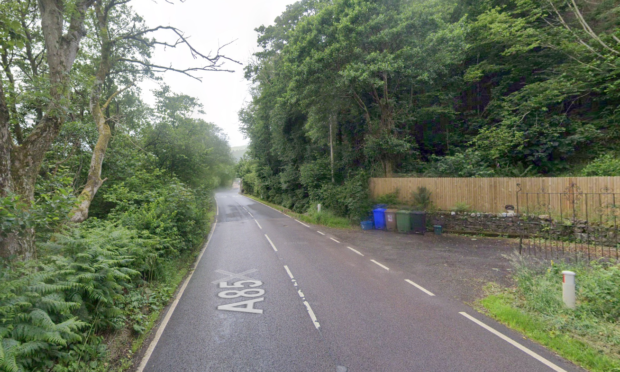Council bosses have released details of an £8 million flood defences strategy to protect hundreds of “at risk” homes in Highland Perthshire.
Wide-ranging schemes for Pitlochry and Aberfeldy have been proposed after studies revealed nearly 300 houses and 115 businesses could be swamped in the event of a one-in-200 year flood.
Such an incident caused millions of pounds’ worth of devastation in the east Perthshire town of Alyth just four years ago.
Now Perth and Kinross Council is preparing submissions for SEPA, calling for Pitlochry and Aberfeldy to be included on a national list of priority flood risk areas.
Both schemes are also likely to be included in the next Tay Flood Risk Management Strategy, which is due to be published in December 2021.
Consultants were tasked by the local authority to carry out flood studies in both towns.
In Pitlochry, engineering firm Aecom found that 155 residential properties and 75 commercial buildings were at risk during a one-in-200 year flood.
Action proposed includes removing a watercourse diversion between the upper reaches of the Kinnaird Burn and the Moulin Burn, and creating “woody debris structures” or “tree traps” to reduce the risk of bridges and culverts being blocked further downstream.
Flood walls are also proposed on the eastern bank of the Moulin Burn, at Kirkmichael Road, and on the eastern bank of the Kinnaird Burn at Blair Atholl distillery.
However, Aecom ruled out flood defences on the River Tummel which they found would require a wall of more than two metres high which residents were unlikely to go for.
The work in Pitlochry would cost around £2.73 million.
Consultant engineers from the RPS Group carried out a similar study in Aberfeldy last year.
They found 128 homes and 40 commercial premises would be at risk during extreme flooding.
A £5.3 million action plan for the area includes around a kilometre of new walls at Tayside Place, Tayside Crescent and along the Moness Burn, and a flood embankment next to the former slaughterhouse in Appin Place.
Members of the council’s environment and infrastructure committee will be asked on Wednesday to approve the proposals and have details submitted to SEPA.
Both schemes are likely to be funded by the council and the Scottish Government.










